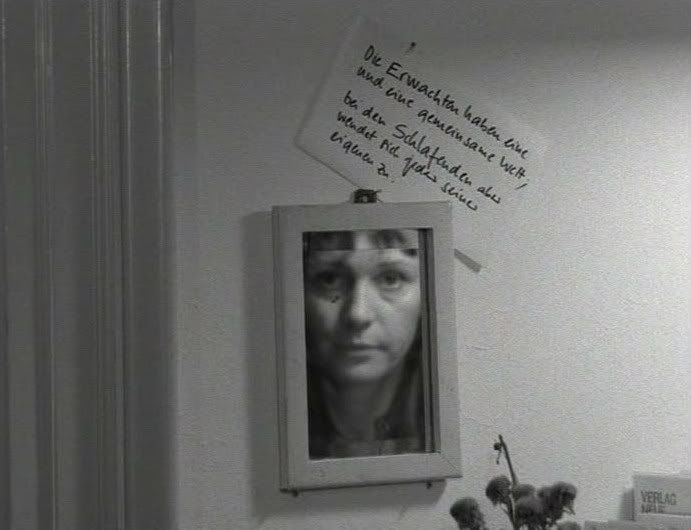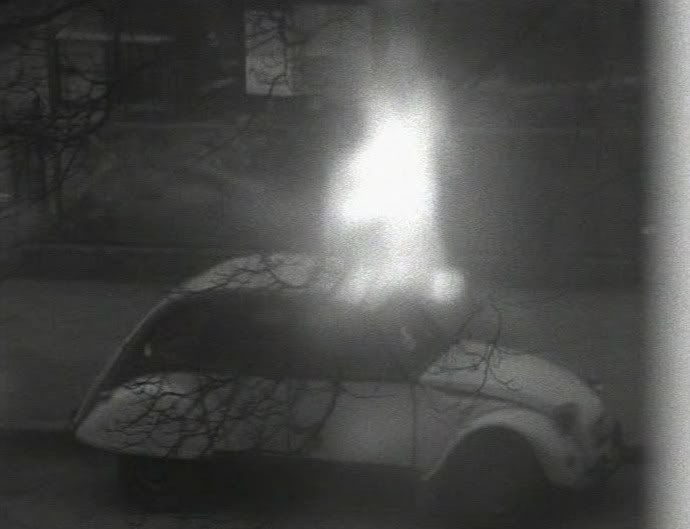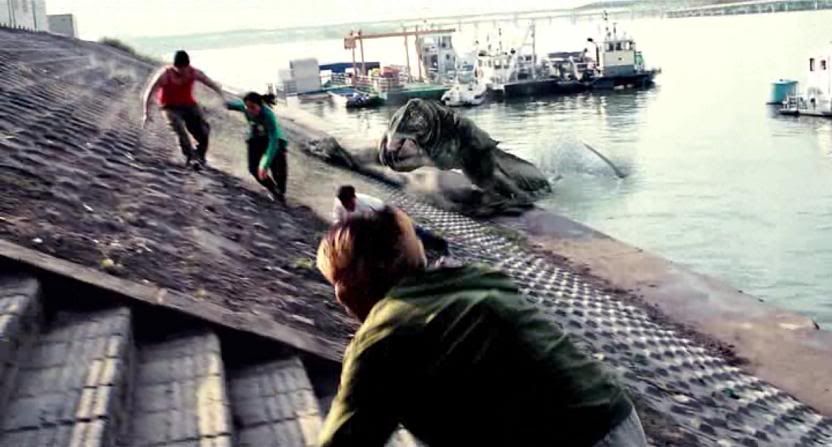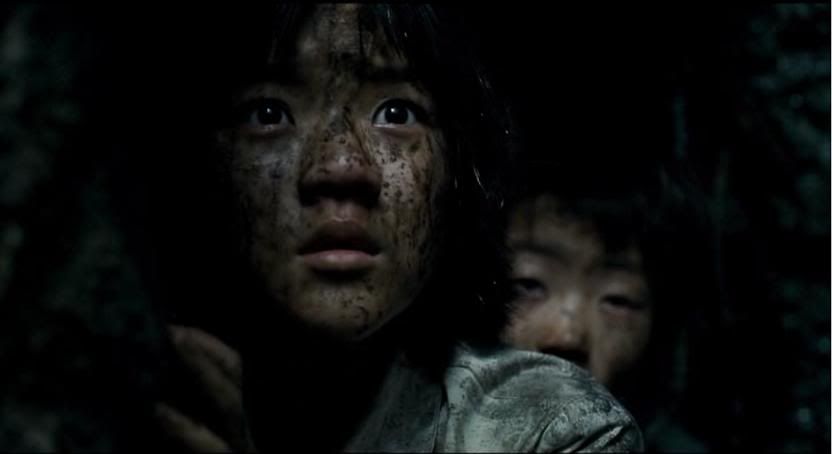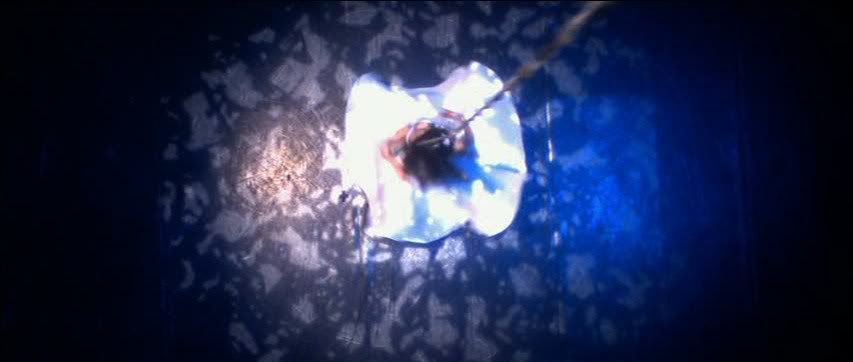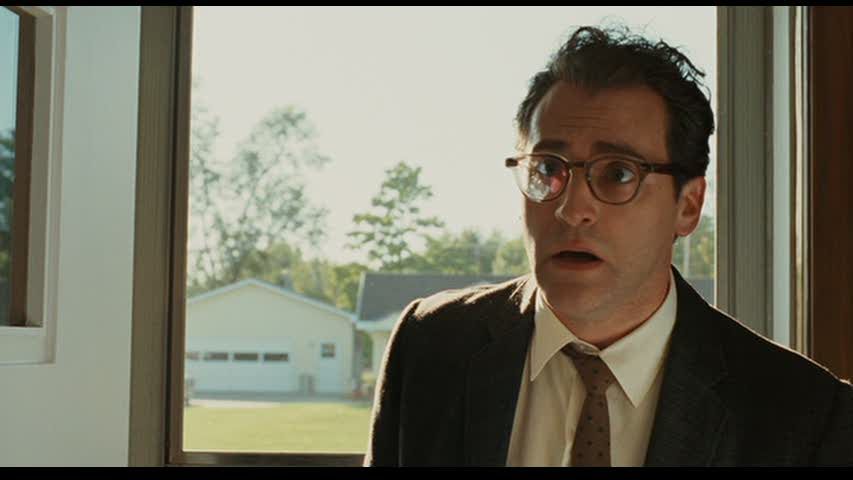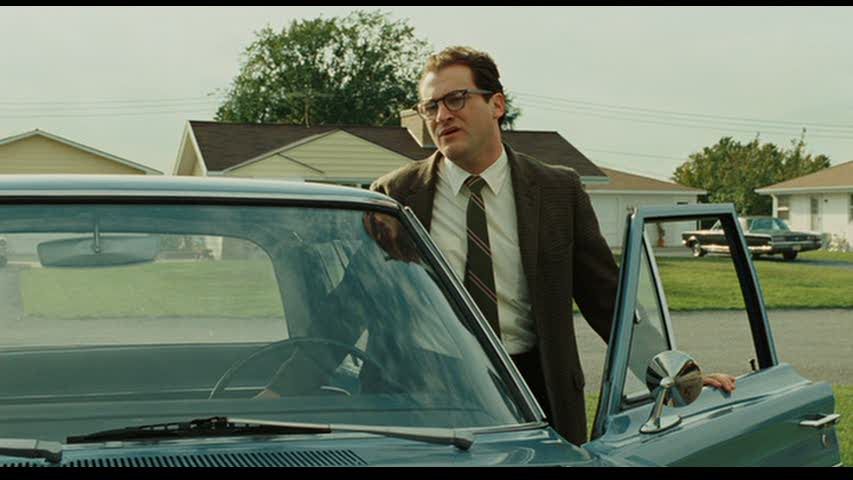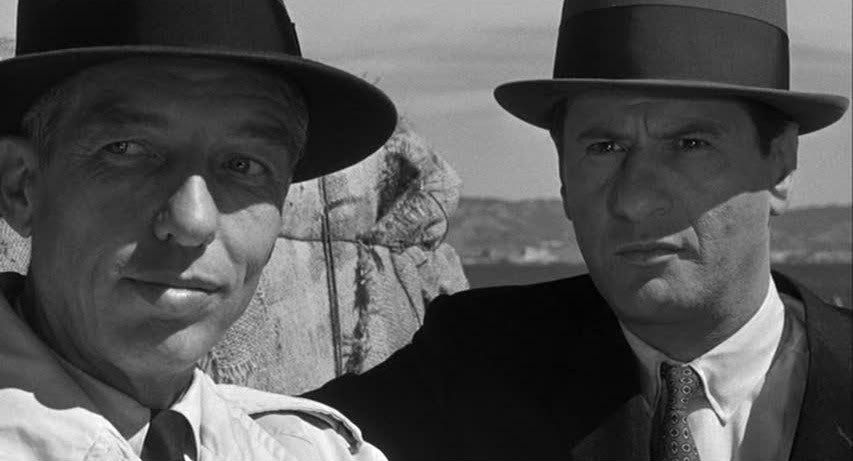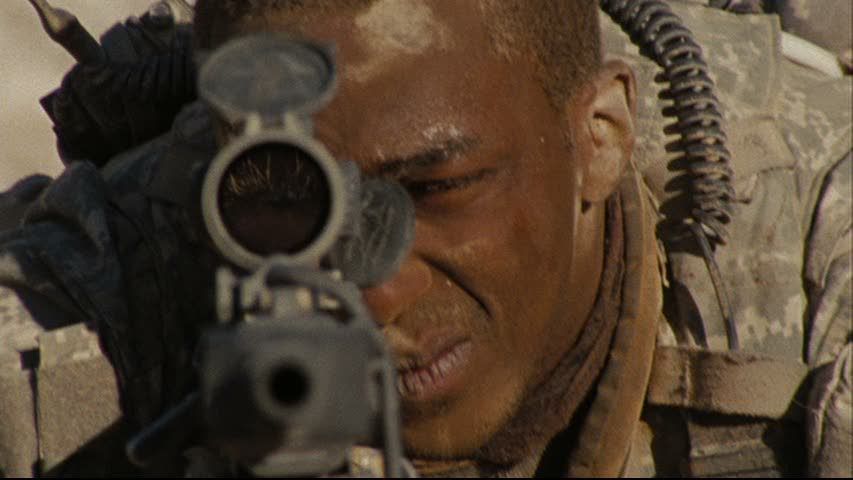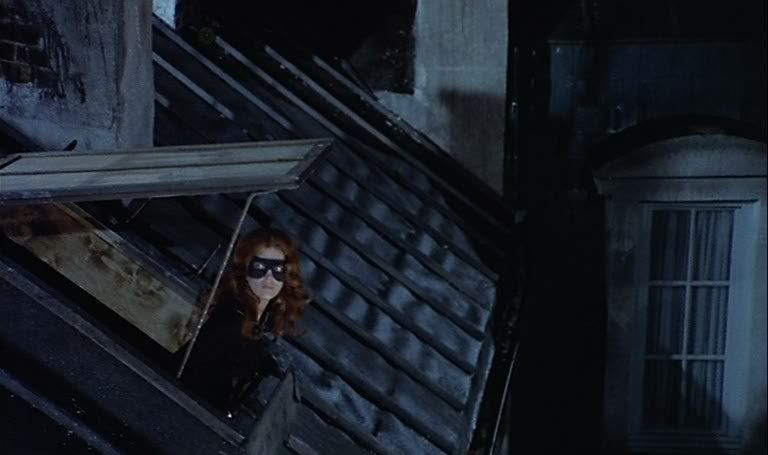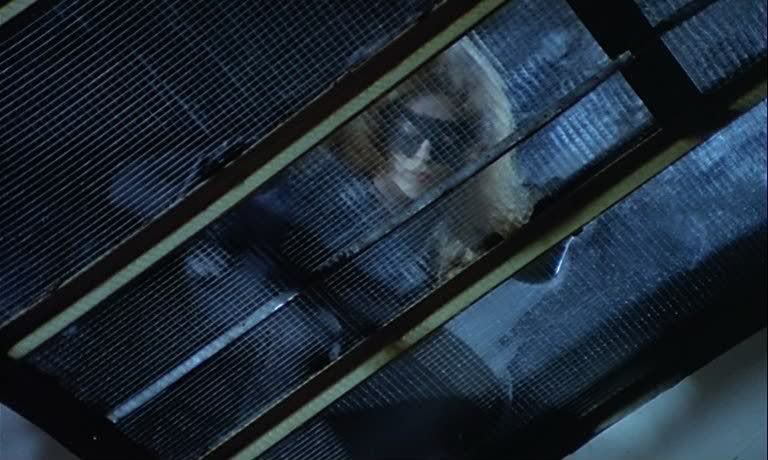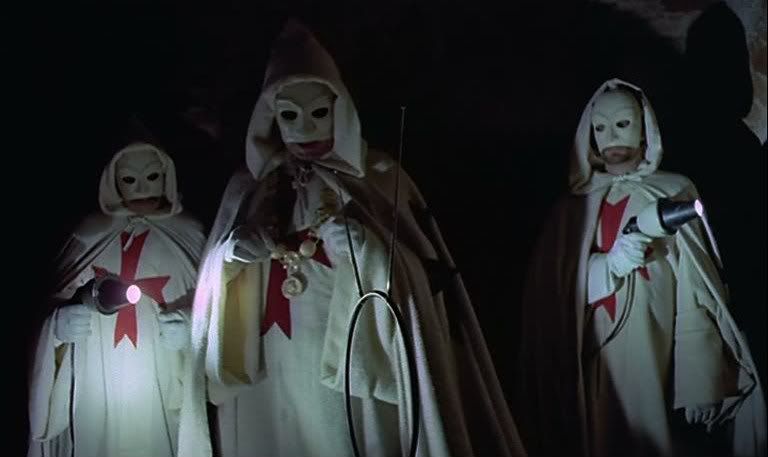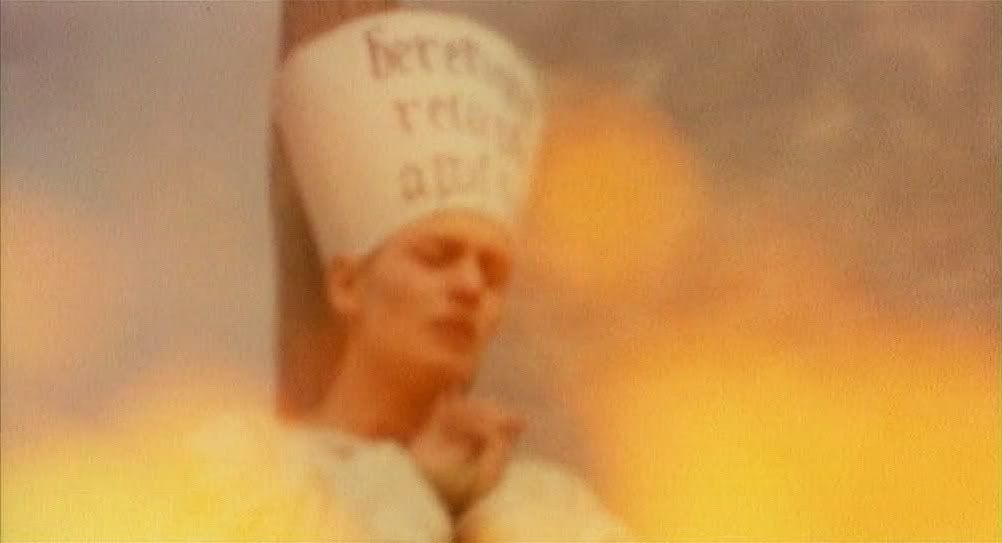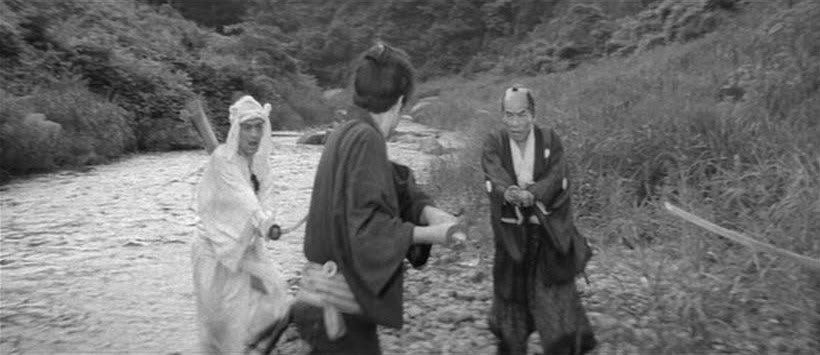
Hideo Gosha's Sword of the Beast is a harsh, cynical samurai movie that questions the assumptions of the often glamorized samurai code. Gennosuke (Mikijiro Hira) is an outcast samurai betrayed by his superiors, tricked into killing a political leader and then forced to go on the run. The film suggests that the much-vaunted samurai code is actually a tool of political control and oppression, a method of establishing a rigid hierarchy in which the poor are kept in their place, occasionally offered an opportunity to advance by superiors who seldom follow through on these promises. It's obvious that the film's dark satire of the feudal system is a parallel to 60s Japan, another transitional place and time. Gennosuke is seeking to reform the bushido code, to introduce new ideas that would allow for more social mobility and greater fluidity in the samurai ranks, reducing the extent to which the highest samurai positions were a matter of inheritance and wealth. Gosha clearly intended for the film's situation to apply more or less directly to his own era, to social inequities and the political exploitation of the lower classes, who in this film are used and manipulated and then discarded when their purpose has been served.
This is a very dark vision, a very negative perspective on the samurai code — there's little trace here of the honor and chivalry that so often characterize the relationships between samurai warriors in popular movie representations. Gennosuke is on the run from his old friend Daizaburo (Kantarô Suga) and Daizaburo's fiancée Misa (Toshie Kimura) because Gennosuke had killed Misa's father; they've vowed vengeance as a result. Again and again, the pursuers catch up to Gennosuke and he avoids them; he scandalizes and shocks Daizaburo by running away rather than standing up to them and fighting. The whole situation is so unbalanced that there's very little honor in it, anyway: the pursuers are accompanied by a samurai master and a squad of soldiers, and they engage in dirty tricks while trying to capture the fleeing ronin. During the opening credits, Gennosuke is seduced by a woman who turns out to have been hired by Misa's party to distract the ronin and lead him into a trap. Later, they bribe innkeepers and sneak up on their target, ambushing him when they believe he's sleeping or not on alert. There's no honor in this, no sense of the usual one-on-one samurai duel between two equals. Instead, the pursuers even hire criminal thugs to help them, and the samurai master justifies it by saying that, in matters of revenge, the samurai code deems these ordinarily immoral actions permissible.
The film's basic thrust is this consideration of what it means to be moral within such an immoral system. Gennosuke is considered an outcast, a ronin who committed an unforgivable act, and he is called a beast. In fact, though, he is the only character in the film who truly acts with decency towards the people he meets, particularly the young samurai Jurata (Go Kato) and his wife Taka (Shima Iwashita). They're looking for gold in the mountains, working on behalf of their impoverished clan, stealing gold from government land in secret; they too have sacrificed themselves for the sake of their superiors, and it's obvious that their reward, if there even is one, won't be worth the work they put in on behalf of their leaders. Gennosuke initially plans to steal the couple's gold, deciding to give in, to become the beast that everyone says he is, but he's too decent at heart to really go through with this scheme.
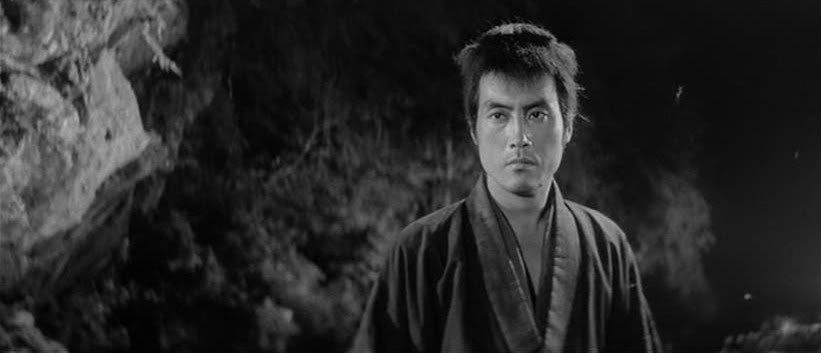
Gosha explores this moral conflict in heavy-handed dialogue scenes that spell out the film's themes in big block letters whenever possible. If there's one thing Sword of the Beast isn't, it's subtle. It's actually fairly crude and broad, and its treatment of its female characters is questionable, to say the least. The women in this film are often seductresses and betrayers, like the woman in the opening scene who uses her body to lure Gennosuke into a trap, or Osen (Yôko Mihara), an assassin who seduces men by suggestively baring her shoulders or stripping to bathe, then tries to kill the unsuspecting men. Misa is different, a strong-willed woman on a mission of vengeance, but Gosha subjects her to a vile and violent rape that eliminates her composure and self-sufficiency. The film contains numerous such scenes of violence against women, and in virtually every case, Gosha's cinematography seems to leer over the women as they're violated and assaulted, exploiting the way their clothes rip and their bodies are bared by the violence. It's apparent that Gosha intends for these scenes to portay the dismal treatment of women, but he can't resist ogling their bared flesh — and displaying them for audiences — even as they're being attacked and raped.
This rather contemptible disregard for women makes the film often difficult to watch, even if in other ways it's an interesting take on the samurai genre. Certainly, Gosha's feel for swordplay is admirable. He films the action sequences in a brisk, on-the-run style that captures the frenetic pace and confusion of these battles. The camera frequently tracks the fighters as they run, occasionally stopping for an exchange of sword thrusts. The battles almost all take place on the move, with very few static showdowns; the fighters are running and circling one another, chasing each other, doing battle while in motion, barely stopping once one opponent has been dispatched before moving on to the next. Gosha's camera frequently shoots the fighters in close quarters, where their sword thrusts are rapid blurs slicing through the air, or else obscured from within a field of high grass, the fighters just barely visible through the foliage. This approach gives the impression of real, messy battles playing out rather than carefully choreographed movie duels. The sword fights are thrilling and viscerally intense in a way that cleaner choreography wouldn't be able to accomplish.
The movie's dialogue also has a certain blunt economy that's refreshing, in the way that the pulpy dialogue of American film noir is refreshing. After dispatching a number of would-be gold poachers, Jurota flatly tells his wife, "Cheer up. I'll go take care of the bodies." The dialogue is often like this, sharp and almost funny in its offhand brutality, and there are stretches where the film can be appreciated as pulp trash, complete with over-the-top femme fatales and bracing scenes of violence. That's part of the problem, maybe, this conflict between different modes. On the one hand, Sword of the Beast is a serious-minded social satire, an examination of class oppression and the rigid hierarchies that prevent people from advancing in life. On the other hand, however, it's a gaudy exploitation picture, tantalizing audiences with hints of female flesh and bursts of violence. The conflict between these two tendencies isn't resolved here, resulting in a film that seems to be constantly fighting in two different directions at once.


